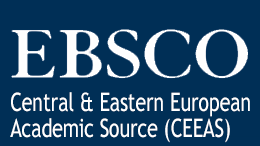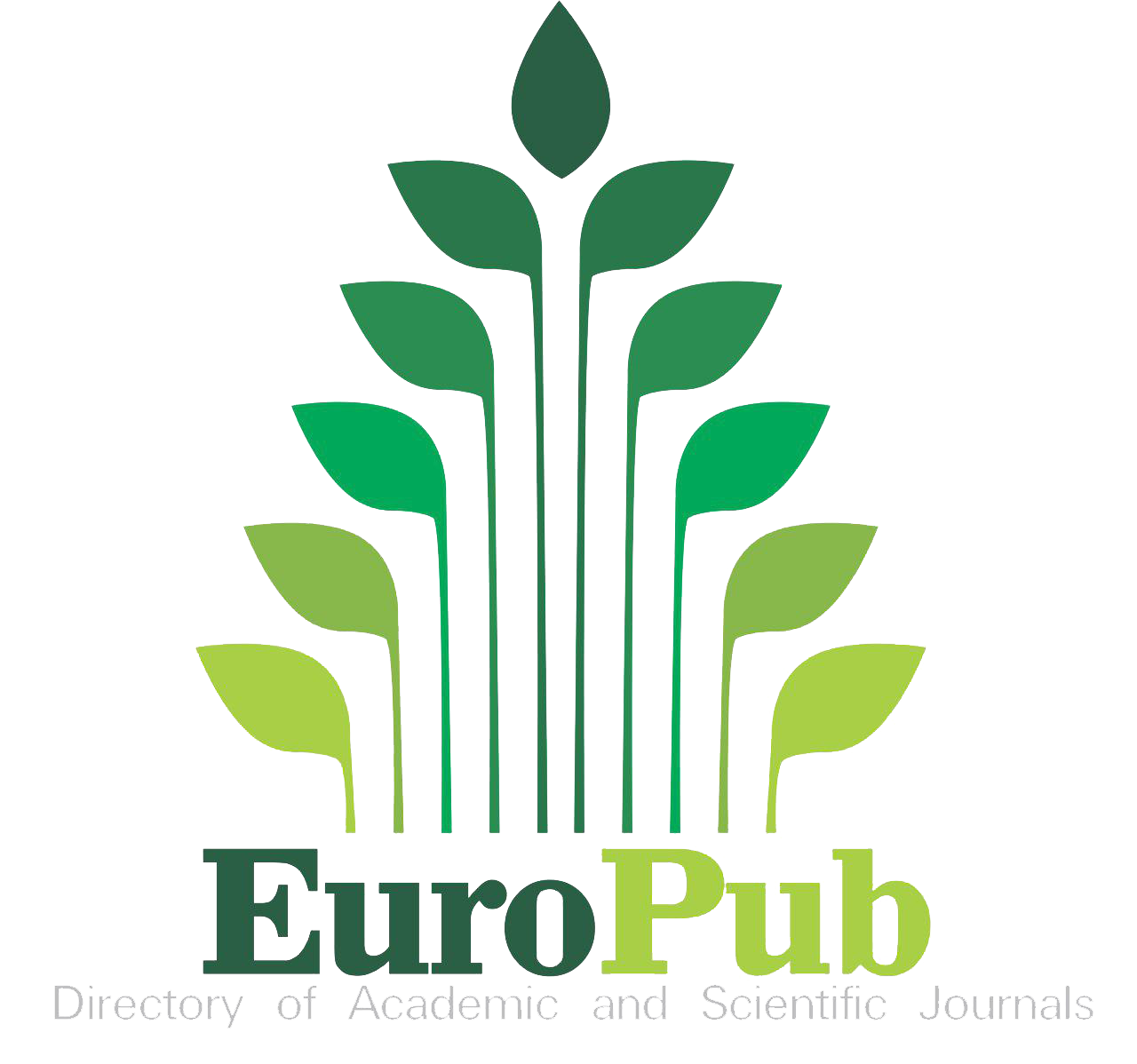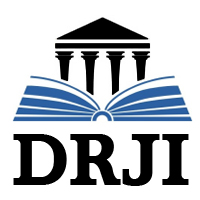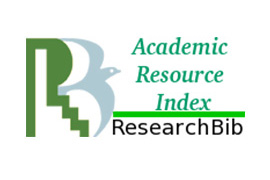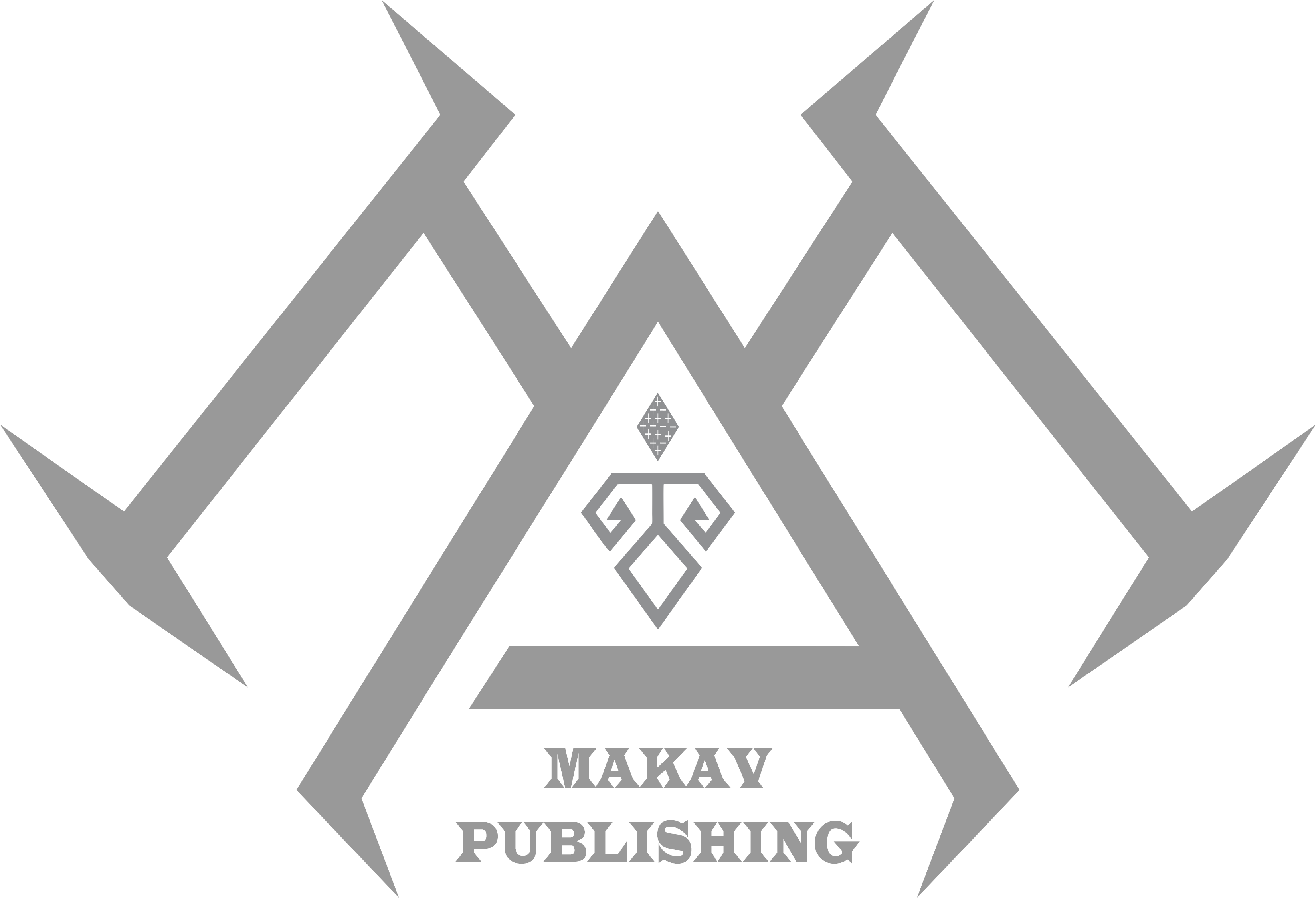Effects of hydrogen-enriched water on lipid profile and some biochemical markers
Effects of hydrogen-enriched water on lipid profile
DOI:
https://doi.org/10.5281/zenodo.10444706Keywords:
Molecular hydrogen, antioxidant, biochemical parameterAbstract
Molecular hydrogen (H2) is a non-toxic, tasteless, colorless, and odorless gas with high diffusion properties in living tissues and cells . By scavenging dangerous free radicals like the hydroxyl radical (•OH) and peroxynitrite (ONOO-) within cells, H2 functions as a selective antioxidant. It was aimed to determine the usability of molecular hydrogen (H2) as a new 'pro-metabolic' agent that may affect liver health. The study was initiated with the permission of 2023-154 obtained from Kafkas University Animal Experiments Local Ethics Committee. A total of 14 4-month-old male Wistar Albino rats weighing 200-250 grams, with seven rats in each group, were used in the study. Rats were fed ad-libitium throughout the study. The rats were housed in a 12-hour light and 12-hour dark environment at appropriate temperature. The Unpaired t-test was analyzed for each biochemical parameter to determine the difference between the two groups. A significant P-value was defined as less than 0.05. GraphPad 9.5.1 (San Diego, CA, USA) was used for statistical analysis. Results showed that AST, ALT, total protein, total cholesterol, total cholesterol, and LDL were significantly lower in the H2 group compared to the control group (P<0.05). There was no statistically significant difference between the group given H2 and the control group between HDL and TG (P>0.05). In conclusion, We think that H2 suppresses oxidative stress, reduces TG, TC, and LDL, which are responsible for vascular occlusion, and can be used for treatment purposes for the liver and many systems and tissues in the future.
References
Makav M, Kuru M, Aras ŞY, Sarı EK, Bulut M, Alwazeer D. The effect of hydrogen-rich water on letrozole-induced polycystic ovary syndrome in rats. Reprod Biomed Online. 2023;47(6). doi: 10.1016/J.RBMO.2023.103332
Ohsawa I, Ishikawa M, Takahashi K, et al. Hydrogen acts as a therapeutic antioxidant by selectively reducing cytotoxic oxygen radicals. Nature Medicine 2007 13:6. 2007;13(6):688-694. doi: 10.1038/nm1577
Alwazeer D. Recent knowledge of hydrogen therapy: Cases of rat. Rats. 2023;1(1):11-13. doi: 10.5281/ZENODO.8143351
Alwazeer D, Çiçek S. Moleküler hidrojenin sağlık alanında kullanımı. Karya Journal of Health Science. 2022;3(1):30-34. doi: 10.52831/KJHS.899237
Köktürk M, Yıldırım S, Eser G, Bulut M, Alwazeer D. Hydrogen-rich water alleviates the nickel-induced toxic responses (inflammatory responses, oxidative stress, DNA damage) and ameliorates cocoon production in earthworm. Biol Trace Elem Res. 2022;200(7):3442-3452. doi: 10.1007/S12011-021-02908-7
Iketani M, Ohsawa I. Molecular hydrogen as a neuroprotective agent. Curr Neuropharmacol. 2017;15(2):324-331. doi: 10.2174/1570159X14666160607205417
Xie KL, Hou LC, Wang GL, Xiong LZ. Effects of hydrogen gas inhalation on serum high mobility group box 1 levels in severe septic mice. Zhejiang Da Xue Xue Bao Yi Xue Ban. 2010;39(5):454-457. doi: 10.3785/J.ISSN.1008-9292.2010.05.002
Dolanbay T, Makav M, Gul HF, Karakurt E. The effect of diclofenac sodium intoxication on the cardiovascular system in rats. Am J Emerg Med. 2021;46:560-566. doi: 10.1016/J.AJEM.2020.11.022
Lebaron TW, Singh RB, Fatima G, et al. The effects of 24-week, high-concentration hydrogen-rich water on body composition, blood lipid profiles and inflammation biomarkers in men and women with metabolic syndrome: A randomized controlled trial. Diabetes Metab Syndr Obes. 2020;13:889. doi: 10.2147/DMSO.S240122
Parthasarathy S, Raghavamenon A, Garelnabi MO, Santanam N. Oxidized low-density lipoprotein. Methods Mol Biol. 2010;610:403-417. doi: 10.1007/978-1-60327-029-8_24
Korovljev D, Stajer V, Ostojic J, LeBaron TW, Ostojic SM. Hydrogen-rich water reduces liver fat accumulation and improves liver enzyme profiles in patients with non-alcoholic fatty liver disease: A randomized controlled pilot trial. Clin Res Hepatol Gastroenterol. 2019;43(6):688-693. doi: 10.1016/J.CLINRE.2019.03.008
Ercan N, Fidanci UR. Urine 8-hydroxy-2’-deoxyguanosine (8-OHdG) levels of dogs in pyoderma. Ankara Univ Vet Fak Derg. 2012;59(3):163-168. doi: 10.1501/VETFAK_0000002520
Gutteridge JMC, Professor Halliwell B. Free radicals in disease processes: A compilation of cause and consequence. Free Radic Res Commun. 1993;19(3):141-158. doi: 10.3109/10715769309111598
Avcı C, Kızıl Ö. The effects of mineral solution on stress parameters in the transition cows. FÜ Sağ Bil Vet Derg. 2012;26(2):87-91.
Chirase NK, Greene LW, Purdy CW, et al. Effect of transport stress on respiratory disease, serum antioxidant status, and serum concentrations of lipid peroxidation biomarkers in beef cattle. Am J Vet Res. 2004;65(6):860-864. doi: 10.2460/AJVR.2004.65.860
Sharma P, Verma PK, Sood S, Singh M, Verma D. Impact of chronic sodium fluoride toxicity on antioxidant capacity, biochemical parameters, and histomorphology in cardiac, hepatic, and renal tissues of Wistar rats. Biol Trace Elem Res. 2023;201(1):229-241. doi: 10.1007/S12011-022-03113-W
Demirci-Çekiç S, Özkan G, Avan AN, Uzunboy S, Çapanoğlu E, Apak R. Biomarkers of oxidative stress and antioxidant defense. J Pharm Biomed Anal. 2022;209. doi: 10.1016/J.JPBA.2021.114477
Eren N, Yenilmez K. Kedilerde istenmeyen gebeliklerin sona erdirilmesinde kullanılan aglepristonun bazı hematolojik ve biyokimyasal parametreler üzerine etkisi. Van Vet J. 2019;30(1):25-30.
Sevinç M, Aslan V. The relationship between birth paralysis and fatty liver in dairy cows. Turk J Vet Anim Sci. 1998;22(1):23-28.
Abenavoli L, Milanović M, Milić N, Luzza F, Giuffrè AM. Olive oil antioxidants and non-alcoholic fatty liver disease. Expert Rev Gastroenterol Hepatol. 2019;13(8):739-749. doi: 10.1080/17474124.2019.1634544
Öztürk I, Değer O, Yiğit E. Metabolik sendromlu hastalarda oksidatif durumun incelenmesi. Farabi Tıp Dergisi. 2022;1(1):8-14.
Kayıkçıoğlu M, Ildızlı M, Olukman M, et al. Do we pay proper attention to triglyceride levels in coronary artery disease? Archives of the Turkish Society of Cardiology. 2006;34(4):218-222.
Tuncel P., Örmen M., Şişman A.R. Biological variation of paraoxonase and its relationship with HDL-Cholesterol. Türk Klinik Biyokimya Derg. 2009;7(1):17-22.
Downloads
Published
How to Cite
Issue
Section
License
Copyright (c) 2023 Rats

This work is licensed under a Creative Commons Attribution 4.0 International License.



